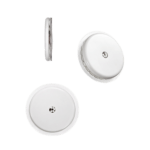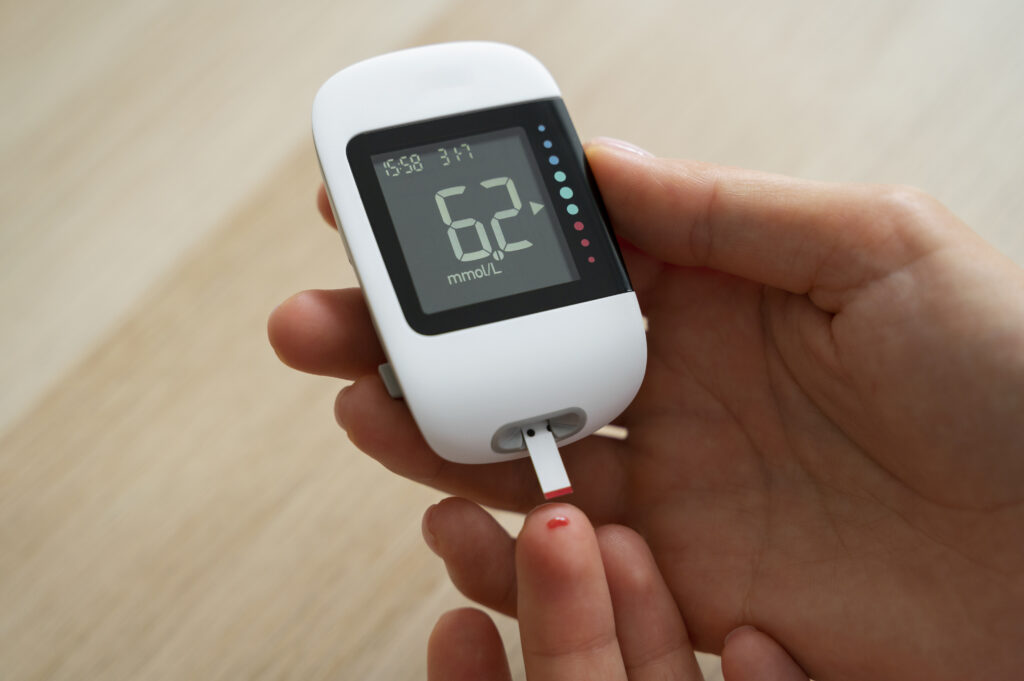1. Introduction to Continuous Glucose Monitors (CGMs)
1.1 What is a Continuous Glucose Monitor?
Continuous Glucose Monitors, or CGMs, are devices designed to automatically track glucose levels in real-time. These small, wearable devices measure your blood sugar through a tiny sensor placed under the skin. Unlike traditional methods that require fingersticks, CGMs provide a more convenient and less painful alternative, allowing users to have a clearer and more ongoing view of their glucose levels. This technology has changed the game for many, making blood sugar management smoother and more accessible.

1.2 The Importance of Blood Sugar Monitoring
Monitoring blood sugar is vital for several reasons. Our bodies maintain glucose levels within a narrow range, and any fluctuations can lead to problems. High glucose levels can be harmful, leading to conditions such as diabetes and heart disease, while lows can result in dizziness, confusion, and other serious issues. Keeping track of blood sugar helps individuals optimize their overall health, manage weight, and improve energy levels buy now.
1.3 Who Can Benefit from Using a CGM?
Various groups can benefit from using a CGM:
- People with diabetes: This is perhaps the most notable group. Regular monitoring can help with better blood sugar management and reduce the risk of complications.
- Athletes: Understanding how different types of exercise affect blood sugar can improve performance and recovery.
- Health-conscious individuals: Even those without medical conditions might find value in tracking glucose for better dietary choices and lifestyle management.CGMs play a crucial role in personalized medicine by tailoring health approaches based on individual data.
2. How CGMs Work: The Technology Behind the Sensor
2.1 Components of a CGM System
A typical CGM system consists of three main components:
- The sensor: This is the part that detects glucose levels in the interstitial fluid just beneath the skin.
- The transmitter: This small device sends the data from the sensor to the receiver.
- The receiver: This can be a standalone unit, but many users prefer to connect it to their smartphones or smart devices for easier access and analysis of their data.
2.2 The Process of Blood Sugar Measurement
So, how does the sensor actually measure blood sugar? The sensor picks up glucose levels from interstitial fluid, which is the fluid surrounding your cells. This is usually a close reflection of what’s happening in your blood. The data is sent to your receiver or smartphone frequently—often every few minutes—giving you real-time insight into your glucose levels.
2.3 Calibration and Maintenance of CGMs
Calibration is essential for accurate readings. Some devices require users to enter blood sugar levels from a fingerstick test to ensure the sensor reflects true levels. Regular maintenance is also crucial—keeping sensors clean and checking the insertion site can help with accuracy and comfort.

3. Analyzing Blood Sugar Data: What You Can Learn
3.1 Understanding Glucose Patterns and Trends
One of the most powerful aspects of using a CGM is the ability to spot patterns. Glucose variability, or how much glucose levels fluctuate throughout the day, can have significant effects on your health. CGMs provide data reports that can outline these patterns, allowing you to see where you’re doing well and where you may need improvements.
3.2 Identifying Triggers of Blood Sugar Fluctuations
With continuous monitoring, you can identify what influences your blood sugar. Food, stress, lack of sleep, and even exercise can all affect levels. Learning to recognize these triggers can empower you to make more informed choices about diet and lifestyle.
3.3 Setting Goals and Managing Blood Sugar Levels
Using the insights gained from a CGM, you can set realistic goals for blood sugar management. This could involve adjusting your diet, improving sleep habits, or incorporating regular exercise. Having specific targets can make it easier to stay focused and committed to your health.
4. Practical Tips for CGM Users
4.1 Best Practices for Wearing a CGM
Placement matters. Choose a body location for the sensor that is comfortable and won’t be subject to excessive movement. Common spots include the abdomen or the back of the upper arm. Be sure to clean the skin well before applying the sensor to reduce the risk of irritation.
4.2 Interpreting Alerts and Notifications
CGMs often send alerts for High or Low blood sugar levels. Understanding these alerts can help you react quickly, whether by consuming a fast-acting carbohydrate or adjusting your insulin dosage. Staying calm and having a plan in place can make this process smoother.
4.3 Integrating CGM Data into Daily Life
The data from wearing a CGM can greatly enhance your health journey. Keep it relevant by sharing insights with your healthcare provider, who can help tailor suggestions based on your readings. Don’t lose sight of your goals—make the data work for your lifestyle.
5. Future of CGM Technology: Innovations on the Horizon
5.1 Advancements in CGM Sensors
Technology is evolving rapidly. New sensors are being developed that promise improvements in accuracy, longevity, and comfort, making them even more user-friendly.
5.2 The Role of Artificial Intelligence in CGM Data Analysis
Artificial intelligence is poised to take CGM data analysis to new heights. AI can help identify patterns and generate personalized insights based on your data, paving the way for more tailored health management strategies.
5.3 Broader Applications of CGM Technology
Interestingly, CGMs may find roles beyond diabetes management. They can help in sports nutrition, where athletes can better understand their bodies during training, as well as in general wellness, guiding individuals toward healthier living. click here
Conclusion
Understanding CGM data is crucial for improving health outcomes, whether you’re managing diabetes, optimizing athletic performance, or just aiming for a healthier lifestyle. Embracing this technology can empower you to take control of your health journey.
FAQs
What does a CGM measure?
A CGM measures glucose levels in the interstitial fluid under the skin, providing continuous glucose insights.
How often should I check my blood sugar if I use a CGM? With a CGM, you typically don’t need to check your blood sugar as often as with traditional methods; the device offers real-time insights.
Are there any side effects of using a CGM? Some users may experience skin irritation where the sensor is placed. It’s essential to follow guidelines for application to minimize discomfort.
Can I still use fingerstick tests if I have a CGM? Yes, many users still perform occasional fingerstick tests for calibration or when precise readings are needed.
How long do CGM sensors last before needing replacement? This varies by device, but most CGM sensors can last anywhere from 7 to 14 days before needing to be replaced. Know More


